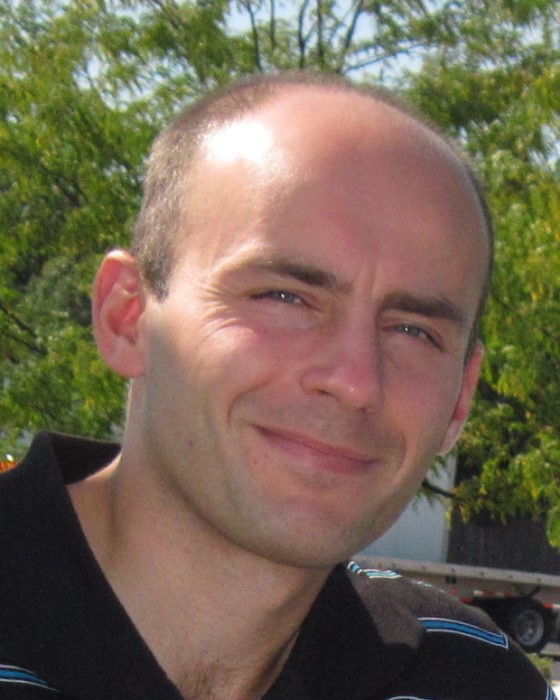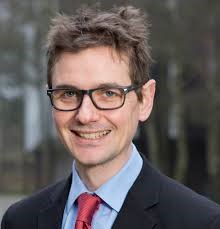Scientific Training IV
Computational mechanics, discretization methods for mechanics, discontinuities and singularities
PhD course about computational mechanics covering discretization methods for mechanics, with a focus on discontinuities and singularities. Lectures on high fidelity surgical simulation and applying FEM technology for biomechanical modling.
Format
Lecture course, exercises of applications
Language: English
Lecturers: Stéphane Bordas, Jakub Lengiewicz
Mandatory: Yes
Rating: The students will have to provide some reports that will be evaluated.
Organizer
Professor Stéphane Bordas, stephane.bordas@uni.lu
ECTS-credits
3 ECTS
Objective
The objectives of the course are to introduce some advanced discretization techniques for the numerical solution of partial differential equations arising in engineering and applied sciences. The schemes will be explained in details as well as their mathematical properties (e.g. order of accuracy, stability). In addition, these methods will be implemented by using Matlab and tested on concrete problems.
Description
Main results of the theory of the Finite Element Method
Finite difference schemes in space
Finite difference schemes for the discretization of time-dependent PDEs
Limitations of the finite element method (singularities, discontinuities)
eXtended finite element method and cutFEM for discontinuities and singularities
Modelling free and moving interfaces and discontinuities (level set methods)
Introduction to a posteriori error estimation and local mesh refinement
Introduction to isogeometric analysis
Introduction to finite volume methods
Course content
Mathematical modelling (3-4 days)
- Introduction to Mathematical Modelling (from PDEs to model-free, through agent-based approaches)
- Basics on approximation theory - finite differences/collocation versus Galerkin
- Limitations of the finite element method (singularities, discontinuities)
- Basics on error estimation and adaptivity
- Extended finite element methods - XFEM, cutFEM
- Basics of isogeometric analysis
- Free boundary problems and moving interfaces: level set methods
Contact mechanics under large deformation (Jakub Lengiewicz, 1-2 days)
Course learning outcomes
On successful completion of the course the student should be able to:
- Explain the mathematical foundation of advanced discretization techniques for PDEs
- Master their concrete implementation on nontrivial engineering boundary-value problems
- Adapt them according to the problem under consideration
- Choose the most appropriate numerical method for a problem at hand
Syllabus
1) X. Antoine, Numerical solution of PDEs, lecture notes
2) X. Antoine, Numerical Analysis, course at the University of Luxembourg
3) G. Allaire, Analyse Numérique et Optimisation, Presses de l'Ecole Polytechnique
4) P.A. Raviart et J.M. Thomas, Introduction à l'Analyse Numérique des Equations aux Dérivées Partielles, Dunod
Further course material, syllabus and systems/software prerequisites TBA
Programme
To be announced
Speakers
 Jakub Lengiewicz
Jakub Lengiewicz
Jakub Lengiewicz is a Maria Skłodowska-Curie individual fellow (MSCA-IF) at the University of Luxembourg and a senior researcher at the Institute of Fundamental Technological Research of the Polish Academy of Sciences (IPPT PAN). He is graduated in Computer Science from the University of Warsaw and he did his PhD in Mechanics at IPPT PAN. His areas of expertise include computational contact mechanics with emphasis on finite-deformation multi-body multi-field contact problems.
 Stéphane Bordas
Stéphane Bordas
Stéphane Bordas is Professor in Computational Mechanics at University of Luxembourg and graduated as PhD from Northwestern University. Previously, he was affiliated with Cardiff University's Institute of Mechanics and Advanced Materials, Glasgow University's Civil Engineering Department, and Laboratory of Structural and Continuum Mechanics at the Swiss Federal Institute of Technology. His area of expertise is Computational Mechanics with a focus on free boundary problems where part of or the whole boundary is unknown, e.g. topological changes or complex geometries, such as crack propagation, delamination, biofilm growth, cutting in soft tissue.
